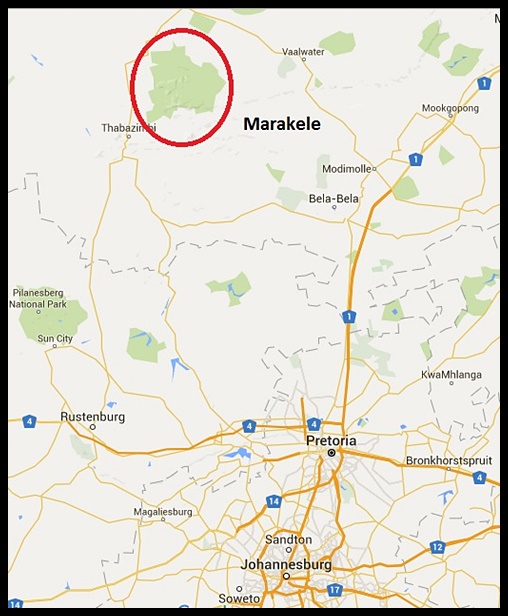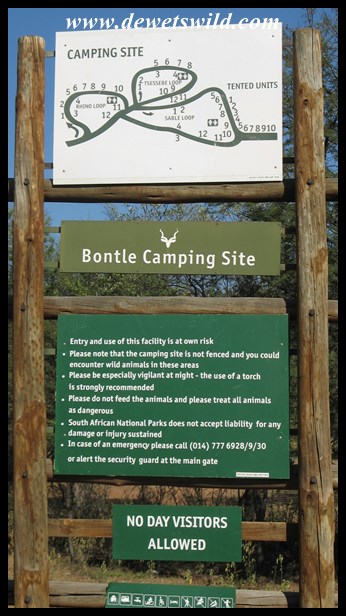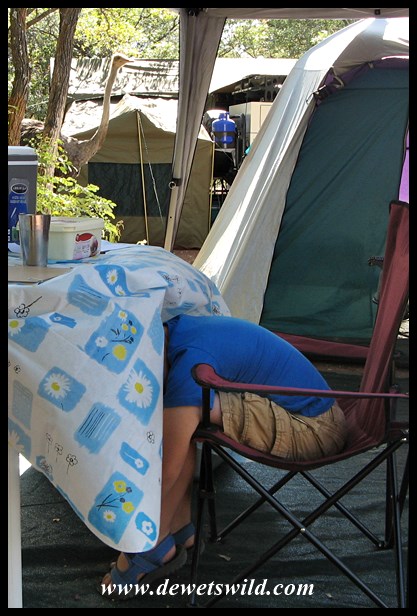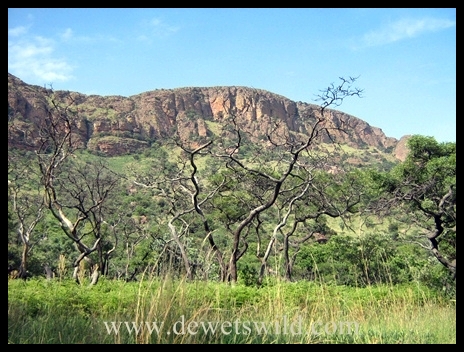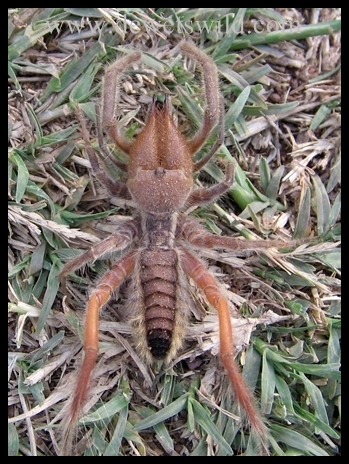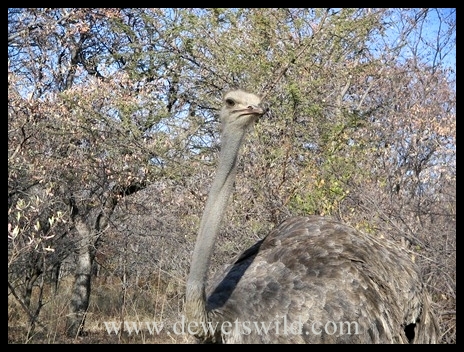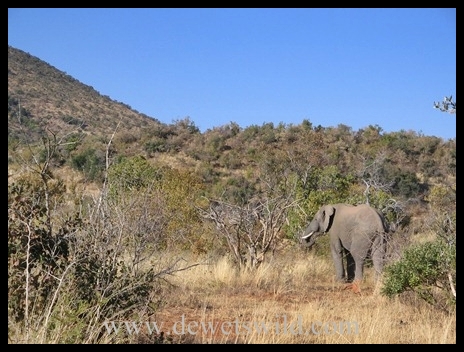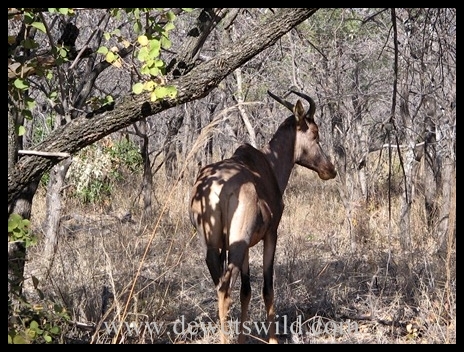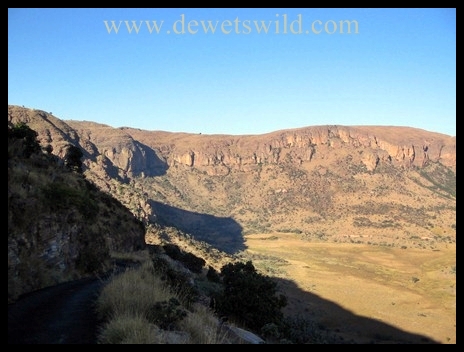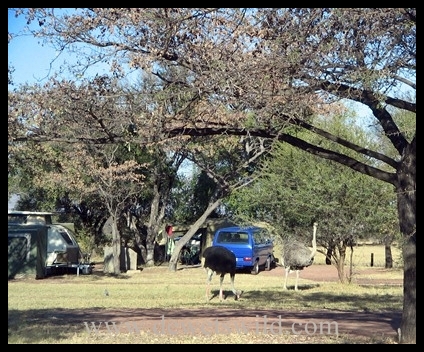Round about 04:45am on Saturday, the territorial rasping of a leopard really close lured Joubert and me out of our cosy tent into the cold winter morning air at Tlopi Tented Camp. Try as we might using our spotlight and headlamps the big cat remained unseen, so we warmed ourselves with hot drinks, waiting for the first rays of sunshine to appear. It was the morning of Marilize’s milestone birthday, and unfortunately this coincided with South Africa experiencing a “third wave” of Covid-19 infections precluding any big commemoration with the extended family and friends. It was up to me and Joubert to make the event memorable, so we surprised Marilize with a weekend breakaway to Marakele National Park.
First light made an appearance around 06:20 and a stream of birds started arriving at the dam – first a few double-banded sandgrouse, then a hadeda and a pair of egyptian geese, waking up the arrow-marked babblers in the tree shading our tent. It was only at 08:10 that the sun first peaked over the cliffs of the Waterberg towering over Tlopi and started heating up the crisp air. Somewhere in between Marilize joined us on the deck of our safari tent.

One of the most active actors on the dam stage was a pied kingfisher that regularly made attempts at dive-bombing fish in the shallow water, and was very successful at it too, providing us excellent views and photographic opportunities from very early on in the day.
There appears to be a very healthy population of bushbuck in the thickets around Tlopi. They regularly ventured out into the open to drink and feed in and around the dam.
Throughout the day a family of tawny-flanked prinias put in regular appearances:
The vervet monkeys had us laughing. As soon as they spotted anything on our deck that appeared to be food they could steal – and seeing as we were celebrating a birthday it must have seemed like a feast to them – they’d arrive from all corners, including from across the dam, to come and try their luck, in vain.
There truly is no need to venture out of Tlopi Tented Camp to go and look for Marakele’s wild inhabitants – there is a constant queue of animals and birds arriving at the dam in front of the camp, and around your tented accommodation, that would keep any nature lover enthralled all day long.
From about 14:00 in the afternoon, two herds of elephants made their way past the camp to the dam. They spent quite a while enjoying the water and the greenery around the dam, allowing us to take photographs of them to our hearts’ content. The little ones were especially endearing. Be sure to catch our next post to see what drama erupted next to the dam thanks to the elephants!
At the end of a beautiful and happy day, with the sun setting to the west of Tlopi while the smoke from our evening braai (barbeque) wafted on the slight breeze, Joubert set up his camera for a few night shots after it went dark.
To be continued…




















































































































































































